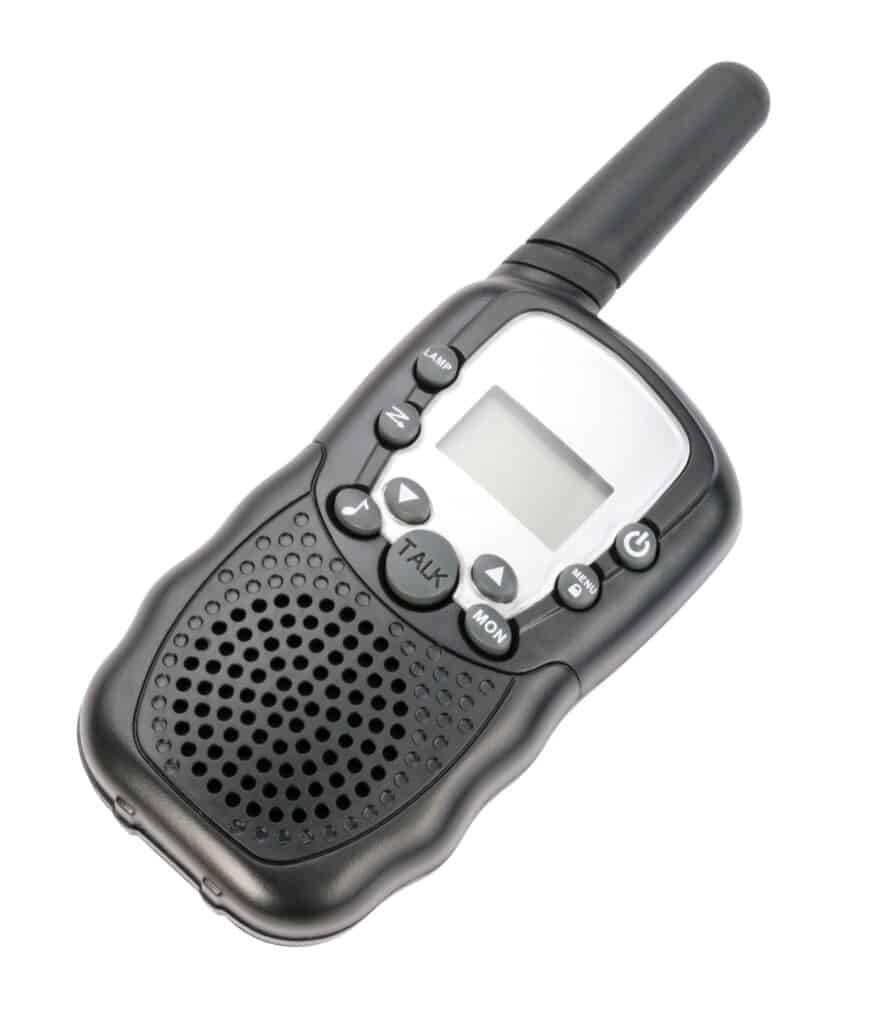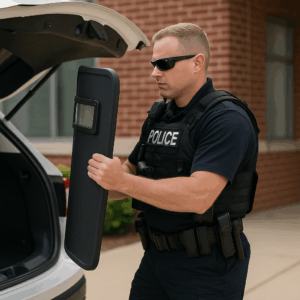Communication is a cornerstone of effective emergency management in schools, and other sectors for that matter.
When critical incidents occur, the ability to quickly and effectively share information can make the difference between chaos and a coordinated response.
The 2022 Arkansas School Safety Final Report emphasizes the importance of layered two-way communication systems in its Recommendation 1:
“School Districts should develop layered two-way communication access between staff members and administrative staff via various platforms to ensure information sharing and improve alert processes.”
This guidance is not only applicable in Arkansas but serves as a universal best practice for schools nationwide.
Here, we explore why such systems are vital, how they can be implemented, and key lessons from real-world incidents like the Robb Elementary tragedy.
The Importance of Layered Communication Systems
Why Communication Fails During Critical Incidents
The lack of effective communication has been a recurring issue in many critical incident after-action reports.
Failures in communication lead to delays in deploying resources, gaps in situational awareness, and increased risks to students and staff.
The Robb Elementary report underscores these points:
- Inconsistent Alert Delivery: Poor Wi-Fi coverage and mobile phone habits led to uneven receipt of lockdown alerts. Many staff members were unaware of the threat until it was too late (Robb Committee Report, pg. 6).
- Delayed Lockdown Notification: Despite having multiple communication tools, such as radios, cell phones, and the Raptor Alert System, the lockdown announcement was not promptly communicated due to technical and procedural issues (Robb Committee Report, pg. 44).
The Case for Layering Communication Tools
No single platform is sufficient in all scenarios. A layered communication plan ensures redundancy and maximizes the likelihood that critical information reaches the right people in time.
Effective systems include:
- Intercom Systems: These provide immediate, campus-wide notifications, ensuring all staff and students are aware of threats.
- Radio Communication: Radios offer reliable, real-time communication for key staff, especially those outside or in areas with poor cell service.
- Mobile Applications: Apps like the Raptor Alert System enable any authorized user to initiate alerts, but they depend on sufficient Wi-Fi and consistent device usage.
- Word-of-Mouth Reinforcement: Staff trained to relay information verbally can fill gaps when technology fails.
Designing a Layered Communication System
1. Campus-Wide Intercom Systems
Intercoms remain one of the most effective tools for initiating immediate lockdowns. They allow for mass communication from a central location, ensuring everyone hears critical instructions simultaneously.
- Best Practice: Train administrative staff to quickly use intercom systems during emergencies and ensure all areas of the campus are covered by speakers.
2. Radios for Key Staff
Radios are indispensable for maintaining communication between staff members during emergencies.
They are especially useful for staff stationed outside or in large, multi-building campuses.
- Case Example: At Robb Elementary, Coach Yvette Silva used her radio to report the attacker’s presence, but subsequent coordination through radios was unclear (Robb Committee Report, pg. 44).
- Best Practice: Assign radios to staff responsible for implementing emergency protocols and ensure they are trained in their use.
3. Mobile Applications
Apps like the Raptor Alert System allow for flexible, real-time communication.
However, as noted in the Robb Committee Report, these tools are only effective when supported by strong infrastructure and proper usage policies:
- Challenges: Poor Wi-Fi coverage, staff without phones, and inconsistent use of the application hindered its effectiveness (Robb Committee Report, pg. 24).
- Best Practice: Invest in robust Wi-Fi infrastructure and cultivate a culture of device readiness among staff.
Lessons from the Robb Elementary Tragedy
- Timeliness is Critical: Delays in notifying staff of the threat at Robb Elementary likely cost lives (Robb Committee Report, pg. 6).
- Redundancy is Key: The school had multiple communication tools, but reliance on inconsistent platforms like cell phones and Wi-Fi led to gaps.
- Training and Infrastructure Matter: Tools are only as effective as the people using them and the systems supporting them.
Recommendations for Schools Nationwide
Adopt a Layered Approach
- Use multiple communication platforms to ensure redundancy.
- Equip key staff with radios and train them in their proper use.
- Ensure intercom systems are functional and cover all areas of the campus.
- Invest in strong Wi-Fi infrastructure to support mobile applications.
Train Staff Regularly
- Conduct regular drills simulating communication failures to prepare for real-world scenarios.
- Train staff to use all communication tools effectively and to act as verbal relays when necessary.
Evaluate and Update Plans
- Regularly review communication protocols and infrastructure to identify and address weaknesses.
- Include communication systems in safety audits to ensure they meet current needs and standards.
Conclusion
Effective communication during critical incidents is non-negotiable for school safety.
The lessons from the Robb Elementary tragedy and guidance from the 2022 Arkansas School Safety Report make it clear: schools must implement layered, reliable communication systems to save lives.
At Risk Strategy Group, we support schools nationwide in designing and implementing comprehensive safety strategies, including communication plans.
Contact us today to learn how we can help your school enhance its safety protocols and be better prepared for any situation.






